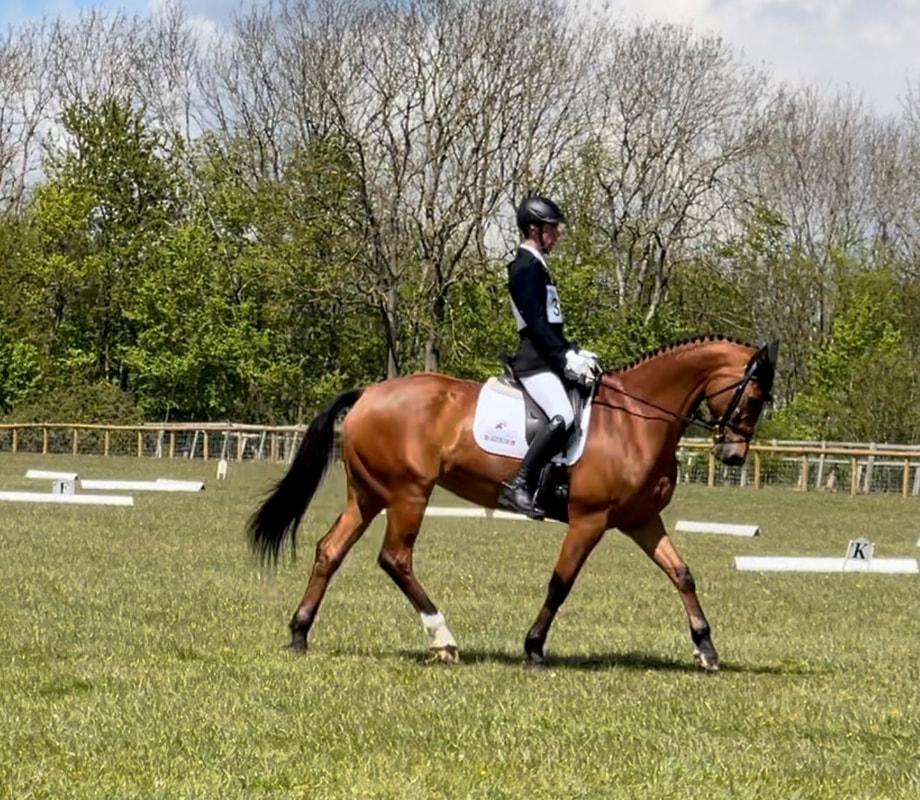|
For animal owners
People are regularly told about the importance of core engagement to help improve your health and keep a high level of fitness. This is the same for horses. When people ride a horse, they are sitting on the weakest part of the horse's back. Therefore, it is imperative that this area of the horse's body is taken care of and strengthened. Doing daily core exercises can be extremely beneficial to keeping a horse's fitness and strength high. Here, we discuss the benefits of core engagement for your horse. What is Core engagement? Core engagement is the name given to strengthening muscles surrounding the back and abdomen. Having a strong core will ensure that the horse is sufficiently supporting their back and helps to reduce wear and tear in the future. Improving core stability can help your horse fulfill their full athletic potential whilst staying healthy and avoiding injury. It can transform the horse’s posture The ultimate aim for top-performing horses is to get them to “work over his back”. By this, we mean improving the horse’s posture and rounding over their top line , and working through his back from behind. Rather than having a hollow back, it will be lifted. Improving the horse's core engagement will improve the carrying power of their hind legs and will ultimately help them perform better. There are several exercises available to help improve the core strength of equines. Once the right exercises and routines have been established, they should be performed daily so the results can be seen quickly. Over time the horse's posture will be corrected so that they no longer have a hollowed back, meaning they will lower their neck and use their body more fully in the exercise. Reduce Back Pain Just like people, when horses have back pain, doing some core strengthening stretches and exercises can help reduce the pain. Whereas humans will undertake Pilates, similar exercises can be adapted to equines in order to engage the core and strengthen it. Pilates promotes good posture and can help improve the mobility of joints. Kissing Spine (aka Overriding dorsal spinous processes, ORDSP) is something that many horses suffer from and occurs when the vertebrae in the spine are too close together. Instead of having sufficient space as a healthy spine should, they are touching or overlapping which can result in pain. Specific exercises can be used for your horse to engage core muscles, help improve the flexibility of the spine and back muscles and in turn, help reduce any pain in that area. Easier and more comfortable to ride If your horse has a tight back due to a weak core and bad posture, they will never be very comfortable to ride which isn't great for the rider or the horse. As the horse’s core is engaged, the back will untighten and unlock, making the horse's body a lot more comfortable. The fact that the horse will be less tight and more relaxed will also have a positive impact on ride quality. Once a horse’s posture is improved, it will become easier to ride and lunge as the horse’s capability has increased and will be able to do movements that they previously may have struggled with. More relaxed You may also notice a difference in the horse themselves. They may visibly look more relaxed, which can improve their happiness and make them easier to work with. As this list suggests, there are many benefits of core engagement for your horse. Not only does it improve equine posture, but the exercises can also improve sagging abdominal muscles and can help improve existing pain or prevent future injury. The goal of core engagement is to release tension, help mobility, improve flexibility and strengthen the horse from within. The spine can be restored to a full range of motion and can improve and reduce any pain the horse is suffering from. Before starting You need to make sure the horse is ready and capable of doing some of the core strengthening exercises. All exercises should be incremental and should only be carried out in conjunction with your veterinary physiotherapist. Your veterinary physiotherapist will assess your horse before and after each treatment and before moving to the next level.
0 Comments
Your comment will be posted after it is approved.
Leave a Reply. |
AuthorNAVP Archives
June 2024
Categories
All
|
The Association |
Services |
|


 RSS Feed
RSS Feed